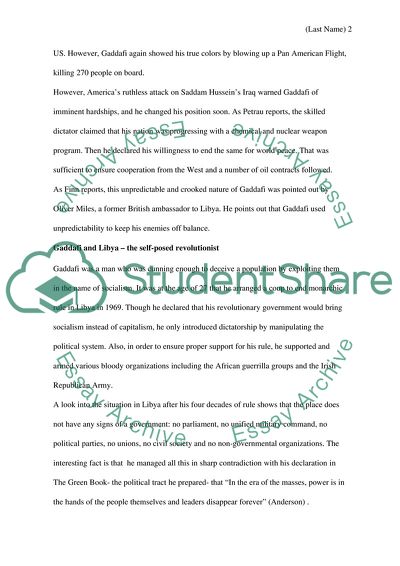Cite this document
(The Rise and Fall of Libyan Leader Moammar Gaddafi Term Paper, n.d.)
The Rise and Fall of Libyan Leader Moammar Gaddafi Term Paper. Retrieved from https://studentshare.org/history/1774362-the-libyan-revolution
The Rise and Fall of Libyan Leader Moammar Gaddafi Term Paper. Retrieved from https://studentshare.org/history/1774362-the-libyan-revolution
(The Rise and Fall of Libyan Leader Moammar Gaddafi Term Paper)
The Rise and Fall of Libyan Leader Moammar Gaddafi Term Paper. https://studentshare.org/history/1774362-the-libyan-revolution.
The Rise and Fall of Libyan Leader Moammar Gaddafi Term Paper. https://studentshare.org/history/1774362-the-libyan-revolution.
“The Rise and Fall of Libyan Leader Moammar Gaddafi Term Paper”, n.d. https://studentshare.org/history/1774362-the-libyan-revolution.


